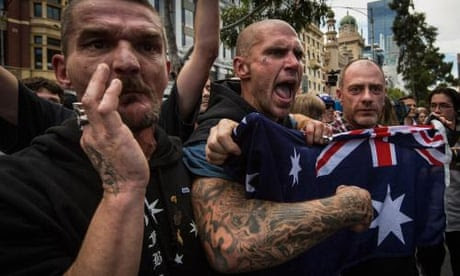The Lemmings of Hashimpura
March 26, 2015
Press Release
The largest incident of custodial killing, where officers of the notorious Provincial Armed Constabulary (PAC) shot dead 42 persons from the Muslim community and sought to destroy the evidence has resulted in acquittal because of the deliberately lackadaisical and shoddy investigation says Vibhuti Narain Rai, retired officer of the Indian Police Force (IPS) in an exclusive interview to Communalism Combat-Newsclick and Hillele.org. . Worse still, successive governments since 1987, over 20 years, belonging to different political parties, were never interested in punishing the guilty. .
The Interview can be heard http://www.sabrang.com/
and also at
“The sight that met my eyes the night of May 22, 1987 is something forever embedded in my psyche,” says Rai, adding, that “language is a very poor substitute for thought. Bodies lying half dead, fully dead, on the banks, flowing in the canal...every step I took I was scared I would step on someone’s head or limb. One lone survivor, Babuddin recounted the horror to us in an eye-witness account.”
Rai who’s seminal work on the Communal Bias in the Police machinery was first publicly written about in Communalism Combat (February 1995) later published the subject matter of his research in a book when the government that had granted him permission while in service to conduct it, disowned the work. He is the first officer to have squarely confronted the existence of this communal bias. Shahr Mein Curfew, (1988) his experiences of heading the police in Allahabad has also sold many copies.
In this exclusive interview conducted in collaboration between Communalism Combat, News click and Hillele TV, we discuss the Hashimpura massacre with the policeman who filed the first FIR in the case, retired IPS officer VN Rai. Given that 42 people did not just fall down and die, how can this judgment be explained? Mr. Rai. tells us about what he saw on the night of 22nd May 1987 and the prevailing communal bias in police services. He explains how he believes that CID failed to adequately investigate and prosecute the matter. Mr Rai also addresses the issue of how steps can be taken to prevent any further incidents of this nature.
Hashimpura was the largest incident of custodial killing, where the senior leadership of the PAC and also the political leadership needed to be investigated but this ghastly massacre has never been acknowledged or treated as such by the state apparatus be it the National Police Academy, Hyderabad or State Police Academies. Representation of different sections of Indians, Minorities, Dalits, Adivasis and Women within the law and Order machinery is a policy measure that needs to be implemented to ensure a forces that reflects India’s diversity.
From the start, the Crime Investigation department (CID) ensured that the masterminds were not investigated and punished, says Rai in this interview. The decision to abduct and kill in cold blood 42 young Muslims has had to have been taken at the highest level and yet no attempt was ever made to investigate who gave the instructions for this horrific custodial killing. Massacres of this kind are a huge challenge before the Indian state and we have simply not faced up to the challenge.
Rai had not only recorded his statement before the CID but also deposed before the Court. His forthcoming book on the massacre he says is a repayment of a debt that has weighed heavily on his conscience since the dark night of May 22, 1987.
A 28 year battle for justice has ended at least for now, in abject failure, with a UP session’s court acquitting all the 16 accused in the infamous Hashimpura massacre case. Despite firsthand accounts from survivors of the incident, in which about 42 people of the Muslim community were allegedly picked up and brutally murdered by armed constabulary, the Sessions court held that the prosecution has failed to establish its its case beyond reasonable doubt, leading to serious questions about the investigating authorities competence and will to deal effectively with the case. The judgment raises critical and serious questions about the efficacy of our state institutions in dealing with cases involving minorities.
Ends

